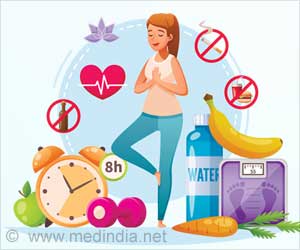Once a week Brother Jean-Jacques ventures outside for an important task although he spends most of his time in quiet contemplation and solitude.

Jean-Jacques is said to be one of just two men who know the secret ingredients of Chartreuse -- a medicinal-tasting, 55-percent alcohol spirit once sold as an elixir of long life that contains a closely guarded mix of about 130 herbs, plants and spices.
"Is it a monk's work to make liqueur?" the straggly-bearded brother asks as he casts a watchful eye over a line of metal vats in the Chartreuse distillery in eastern France. "Within the religious order, not everyone agrees."
Thanks in part to the growing "mixology" scene in the US, where ultra-competitive bartenders are always scouting for new cocktail recipes, Chartreuse has seen stateside sales soar by 40 percent in the past year.
The drink also benefited from a throw-away line of a bar banter in Quentin Tarantino's 2007 thriller, "Death Proof."
Playing the role of a barman in his own film, the director gives a round of Chartreuse shots to a well-oiled group.
Advertisement
Antoine Munoz, the chief executive at Chartreuse Diffusion, which markets the drink, says the surge3 in demand has been a little unexpected.
Advertisement
It's not the first time the drink has been America's beverage du jour. In the late 1970s, it was a sought-after ingredient for a popular cocktail called "Swamp Water" though demand dried up as the fad passed.
Chartreuse has for centuries been made the same way by Carthusian monks in Voiron, a picturesque town at the foot of the Chartreuse mountain range. The main ingredients are grown locally but more exotic components come from India, Sri Lanka and China, Brother Jean-Jacques says.
The monk, who took his vows three decades ago and spent the last 15 years making Chartreuse, supervises much of the drink's creation by computer from his monastery.
But he makes a weekly trip to the Chartreuse cellars and distillery to test the latest batch. The cellars are the largest liqueur caves in the world, holding 1.6 million litres of the drink. Green Chartreuse is aged for about three years in ancient oak casks.
Only Jean-Jacques and one other monk know the full list of ingredients, Munoz claims. As a safety precaution, they're not allowed to travel in the same car together.
Chartreuse comes in its famed green variety, introduced in 1764, as well as a less potent and sweeter yellow variety, invented in 1838.
"Chartreuse is complex," says Emmanuel Renaut, head chef at the two-Michelin-starred Les Flocons de Sel restaurant in Megeve. "The yellow version is like travelling in the Middle East: Spices, curry, anise, licorice, saffron."
At the end of 2011, the US was on track to become the second-largest market in the world for Chartreuse, overtaking Spain.
Worldwide, more than 1.5 million bottles of Chartreuse are sold annually and exports are up 10 percent, according to the company.
In New York's East Village, Chartreuse is one of the favoured drinks at the hip Death & Co. bar, where the yellow variety is a sparingly used but important component in a popular cocktail called the "Fresa Brava."
"It's such a beautiful spirit and a great ingredient," says Joaquin Simo, a bow-tied barman at the speakeasy-styled pub. "It's what all bartenders drink."
Source-AFP








